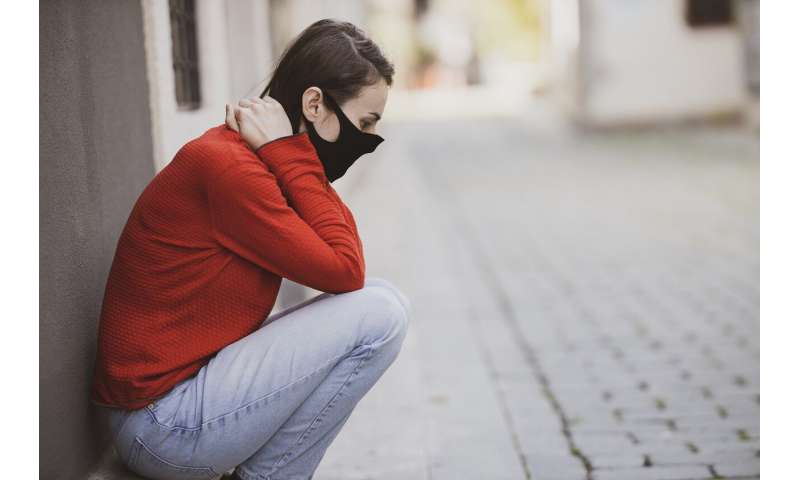
As COVID-19 spread across the United States, the severity of its physical health implications quickly became evident. Less clear, however, has been the toll the virus has taken on mental health.
New research out of the University of Pennsylvania, the University of Southern California (USC), and Switzerland’s University of Lausanne shows that in the pandemic’s early days, as schools and businesses shut down and communities were asked to stay home, nearly one-third of U.S. adults reported some level of depression or anxiety. Those feelings worsened as the month of March progressed, findings the researchers published in the journal PLOS ONE.
“We’ve had long-standing interest in how health crises affect mental health among individuals. Mostly we’ve been studying these in low- and middle-income countries,” says Penn demographer Hans-Peter Kohler. “Until recently, most people thought such a profound health crisis would be unlikely to happen in a high-income context. Nevertheless, it did.”
This work builds on prior research H.-P. Kohler has done with his partner, Penn research assistant professor Iliana V. Kohler, and postdoctoral fellow Fabrice Kämpfen in places like Malawi. “We’ve been collaborating for a long time as a team on these issues,” says I. V. Kohler. “Knowing how profoundly our lives changed within a couple days of the pandemic beginning, we thought it would be really interesting to study its impacts on mental well-being.”
Data for such an undertaking already existed, in the form of a survey called the “Understanding America Study (UAS),” created and run by USC since 2014. It’s a nationally representative sample of some 8,500 individuals that’s administered in both English and Spanish. It’s also what’s known as an internet panel, meaning participants can respond on any sort of connected device, whenever and wherever they wish.
“That meant it was able to continue while many other data-collection efforts were delayed or paused,” H.-P. Kohler says. “That also means it’s been one of the key surveys to provide timely information on the pandemic.”
For the mental health research, the Penn-led team focused on economic uncertainty, self-assessed risk of mortality, and social distancing. They analyzed responses provided between March 10 and 31 from 6,585 participants about whether and how often they’d felt nervous, worried, or hopeless in the previous two weeks; the likelihood that in the next three months, they felt they might get and subsequently die from COVID-19; and the probability of their running out of money in the next 90 days.
“On average, people more concerned with the economic consequences of the pandemic were more likely to have lower mental health,” says Kämpfen, who led the effort. “Perceived risk of dying from COVID-19 and social distancing had less of an effect. It really seems that the economic factor plays the largest role.”
To a degree, this surprised the researchers, who had hypothesized that forced distancing from family and friends or fear of the virus itself would supersede financial worries. “This was really the period when people didn’t know what to expect. People didn’t know how the pandemic would unfold,” I. V. Kohler says. “In a way, it looks like people were foreseeing the economic impacts of the pandemic, and they were foreseeing it early.”
So far, the researchers have not yet looked at data past the end of March 2020, though it’s a possibility for future work. They’re also interested in understanding similarities between places like the U.S. and Malawi in the context of a global health crisis.
Their current findings have implications for policymakers today, says H.-P. Kohler.
Source: Read Full Article
